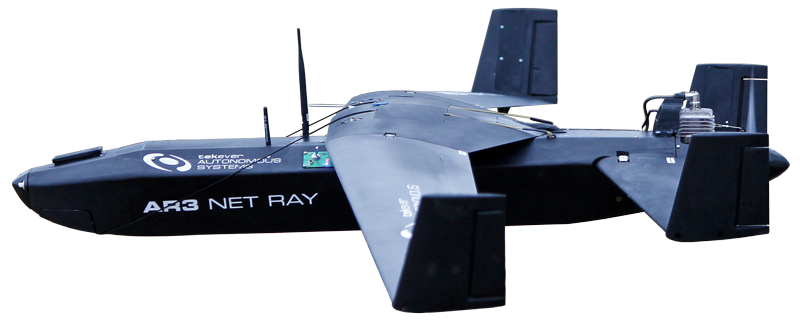Pan-European drone project detects toxic gases in disaster zones
A multimillion-dollar, multi-partner European drone project is using photonics to detect toxic gases in the atmosphere following events such as wildfires, chemical explosions and volcanic eruptions.

Going by the slightly laboured acronym FLAIR (FLying ultrA-broadband single-shot Infra-Red Sensor), the fixed-wing drone will be able to reach speeds of 120km/h, an altitude of 4,000m, and cover a radius of 80km. Onboard will be a super-continuum laser capable of detecting tiny concentrations of a range of gases, including carbon dioxide, methane, sulphur oxides, and nitrogen dioxide.
The drone project, which is expected to deliver a prototype in 2018, has already received over €3m from the EU’s Horizon 2020 fund via the Photonics Public Private Partnership. It features partners from across the continent, led by Portugal’s Tekever Autonomous Systems. The other members of the collaboration are Senseair AB (Sweden); NKT Photonics A/S, Danmarks Tekniske Universiteit (Denmark); New Infrared Technologies SL (Spain); Stichting Katholieke Universiteit (Netherlands); Eidgenossische Materialprufungs-Und Forschungsanstalt, CSEM Centre Suisse D’Electronique et de Microtechnique SA – Recherche et Developpement (Switzerland).
Register now to continue reading
Thanks for visiting The Engineer. You’ve now reached your monthly limit of news stories. Register for free to unlock unlimited access to all of our news coverage, as well as premium content including opinion, in-depth features and special reports.
Benefits of registering
-
In-depth insights and coverage of key emerging trends
-
Unrestricted access to special reports throughout the year
-
Daily technology news delivered straight to your inbox










Water Sector Talent Exodus Could Cripple The Sector
Maybe if things are essential for the running of a country and we want to pay a fair price we should be running these utilities on a not for profit...